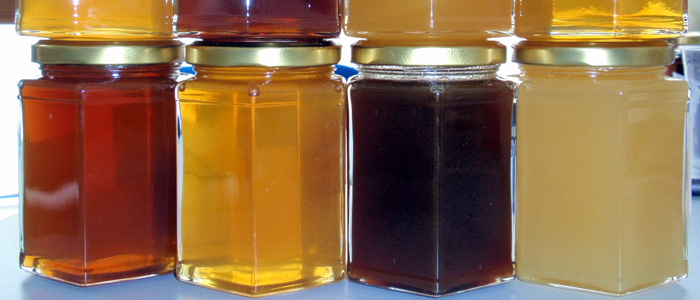Avoid fermentation and other detriments to honey, improving its quality
Generally, controlled processes in the food industry require schemes, systems, and components that provide good management of resources, production processes, and storage methods. Not knowing how to manage this properly can lead to millions in losses due to negligence, product loss, and even commercial penalties.
Nature is impressive, to such a degree that the smallest organisms themselves know how to adjust the levels of humidity and temperature for the natural development of their tasks. In this case, when the bees collect the nectar from the flowers and have to transport them for kilometers, they must lower that 80% humidity level in their interiors, until they reach the hive in a systematic process. The bees evaporate the nectar to reduce humidity. And these vital beings for the ecosystem are in charge of drying out the hives with their wings so that the honey does not ferment.
It is a natural process, but in the honey industry, the process may need help, for the correct conservation of this precious food. For example, a harvested honey with a certain moisture content must be stored in combs in hermetic areas, and that have a dehumidifier, to guarantee a decreasing atmospheric saturation of up to 1.5% over 24 hours.
This natural process of the bees, of decreasing the humidity of the nectar by themselves, is sometimes not enough, since, at the beginning of spring or autumn when the temperatures are lower, they might not have enough calories to evaporate the excess humidity in the nectar; everything will also depend on the climatic factors of each region, and how they are managed by beekeepers, either with environmental control and desiccants.
In this sense, humidity control is fundamental in the conservation of honey considered to be of quality. If there is an atmospheric saturation that exceeds 20% in the conservation, then the honey may suffer a possible fermentation, whose symptoms can be seen in the crystallization and solidification of sugars. This phenomenon is perceptible when, in a given jar, the concentration of honey sugars is observed at the bottom, while excessive humidity can be observed at the top.
One way to avoid crystallization and fermentations that cause poor quality honey, it will be essential to separate it when packaging those with water content of less than 17%, and the rest to place them in a bulk circuit.
To discern a good control of atmospheric saturation around the conservation of honey, it is essential to have adequate readings, either with hygrometers or, failing that, the best option, the refractometer. The variations of humidity and temperature must go modulated, to compensate them in the preservation of honey. In this sense, a good dehumidifier will also be required for honey stores.
Avoid fermentation and crystallization with desiccants and other actions
One of the keys is the harvest of mature honey, with a cap of two-thirds during normal times, taking into account the climatic factors derived between July and August.
Every process must be hygienic, from the utensils used to the machinery and the surfaces themselves. You cannot risk yeast contamination, so sanitization could be an important point to consider; that honey should be always stored in clean containers, from time to time.
The upper layers can be seen agglomerated with certain impurities for the preservation of quality honey, such as parts of bees, vegetables, and the same wax particles. Therefore, these layers must be removed immediately to avoid any type of contamination in the preserved product.
Storing honey in cool places with good environmental conditions will always guarantee its quality. In this sense, it is essential to take care of hygrometric and thermal changes, with good ventilation and, above all, drying, either through portable dehumidifiers, especially in closed canning spaces, to guarantee humidity that does not exceed the permitted limits.




